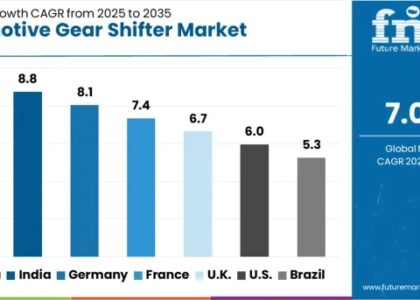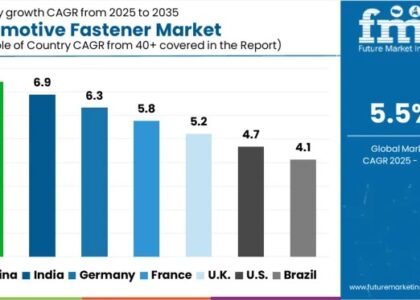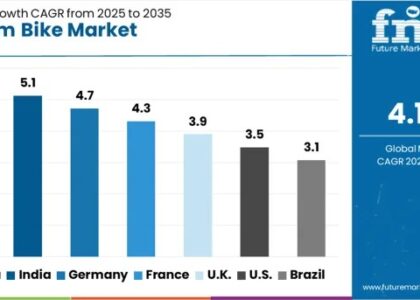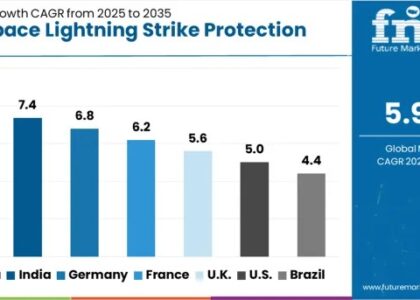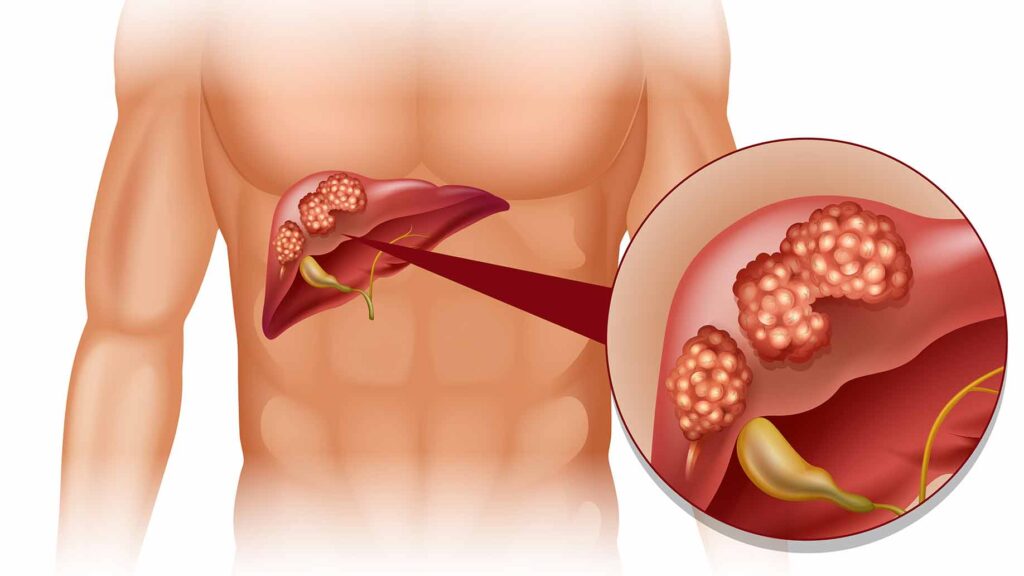
The global neuroendocrine carcinoma treatment market is poised for substantial growth, with revenue expected to reach USD 1,976 million in 2024. Over the forecast period, the market is projected to expand at a robust CAGR of 8.1%, reaching a total market size of USD 4,305.7 million by the end of 2034.
Key factors driving this growth include an increase in government cancer awareness programs, particularly efforts surrounding World Cancer Day, which highlight existing gaps and encourage action. Additionally, advancements in neuroendocrine disease treatments and a surge in significant investments are expected to further accelerate market expansion. The growing focus on improving early detection, diagnosis, and personalized treatment options is expected to contribute to the increasing demand for effective neuroendocrine carcinoma therapies.
Key Market Insights
- Market Growth: The neuroendocrine carcinoma treatment market is set to grow significantly due to rising awareness and advancements in treatment options. The projected CAGR of 8.1% indicates a robust demand for innovative therapies and improved patient outcomes.
- Government Initiatives: A growing number of government-sponsored cancer awareness programs are contributing to market growth. Activities initiated on events like World Cancer Day aim to highlight existing gaps in treatment and encourage public engagement in cancer care.
- Investment in Research and Development: Significant investments are being made in the development of new treatment options for neuroendocrine carcinoma, addressing unmet clinical needs. This includes advancements in immunotherapy, particularly immune checkpoint inhibitors, which are transforming treatment protocols by enhancing the body’s immune response against cancer cells.
Driving Factors
- Increased Incidence of Neuroendocrine Tumors: The rising number of diagnosed cases of NETs is driving demand for effective treatment solutions. Enhanced diagnostic techniques and increased awareness are leading to earlier detection and intervention.
- Advancements in Treatment Modalities: Continuous improvements in neuroendocrine disease treatments, including targeted therapies and precision medicine tailored to individual genetic profiles, are expected to propel market growth.
- Growing Acceptance of Immunotherapy: The adoption of immunotherapy as a viable treatment option is gaining traction, offering hope for patients with advanced or metastatic neuroendocrine carcinoma.
Regional Dynamics
- North America: This region is anticipated to hold the largest market share due to high healthcare spending, advanced medical infrastructure, and strong support for cancer research initiatives.
- Asia-Pacific: Expected to exhibit significant growth with countries like India and China projected to have high CAGRs of 9% and 8.6%, respectively. Increased healthcare investments and rising awareness about cancer treatments are contributing factors.
The rising number of government cancer awareness programs is backing to industry growth. Numerous activities were initiated or renewed on World Cancer Day to increase awareness of existing gaps and demonstrate the efforts individuals may take to address them. The industry is predicted to surge owing to improvements in neuroendocrine disease treatments and significant investment growth.
The industry is likely to develop considerably as per the neuroendocrine carcinoma treatment market forecast. This is set to primarily driven by advances in neuroendocrine tumor diagnosis such as enhanced imaging tests and endoscopy, as well as increasing awareness of these tumors.
The utilization of current technologies to investigate the underlying biology, develop new therapies, and conduct clinical studies to assess innovative medications is expected to fuel industry growth.
A Comprehensive Full Report
Competition Outlook
Leading pharmaceutical companies in neuroendocrine carcinoma treatment industry conduct well-designed clinical trials that demonstrate clinical excellence. Regulatory compliance, data integrity, and patient safety standards ensure the credibility of their research. The success of their clinical trials strengthens their product portfolios and enhances their industry acceptance.
Mergers and acquisitions within the neuroendocrine carcinoma treatment market can accelerate the development and commercialization of NEC treatments by partnering with academic institutions, research institutes, and other industry players. Technology, expertise, and resources can be accessed through collaboration.
Leading companies invest heavily in research and development to stay at the forefront of innovation. To address unmet medical needs in NEC treatment, they are constantly trying out new therapeutic approaches, drugs, and technology. In order to stay competitive and grow their reach, they stay on top of any advances in science to maintain an edge over their competitors.
Industry Updates
- In June 2023, Jubilant Pharma Company and Evergreen Theragnostics, Inc. signed an exclusive distribution agreement for OCTEVYTM (Kit for Preparation of Ga 68 DOTATOC Injection) for use in PET scanning across the United States.
- In May 2024, Novartis announced it had acquired Mariana Oncology, a preclinical-stage biotechnology company located in Watertown, Massachusetts. A key focus of Mariana Oncology is developing novel radioligand therapies (RLTs) to treat diseases with significant unmet needs.
Key Segments of Market Report
By Disease Indication Type:
Based on disease indication type, the industry is classified into gastric neuroendocrine tumors, lung neuroendocrine tumors, pancreatic neuroendocrine tumors, and appendicular neuroendocrine tumors.
By Treatment Type:
Based on the treatment type, the industry is categorized into somatostatin analogs, targeted therapy (tyrosine kinase inhibitors, mTOR inhibitors), and chemotherapy (antimetabolites, alkylating agents, natural products).
By End User:
In terms of end users, the industry is classified into hospitals, clinics, oncology centers, and ambulatory surgery centers.
By Region:
Key countries of North America, Latin America, East Asia, South Asia, Western Europe, Eastern Europe, and the Middle East and Africa are covered in the regional analysis.
Author By:
Sabyasachi Ghosh (Associate Vice President at Future Market Insights, Inc.) holds over 12 years of experience in the Healthcare, Medical Devices, and Pharmaceutical industries. His curious and analytical nature helped him shape his career as a researcher.
Identifying key challenges faced by clients and devising robust, hypothesis-based solutions to empower them with strategic decision-making capabilities come naturally to him. His primary expertise lies in areas such as Market Entry and Expansion Strategy, Feasibility Studies, Competitive Intelligence, and Strategic Transformation.
Holding a degree in Microbiology, Sabyasachi has authored numerous publications and has been cited in journals, including The Journal of mHealth, ITN Online, and Spinal Surgery News.
About Future Market Insights (FMI)
Future Market Insights, Inc. (ESOMAR certified, recipient of the Stevie Award, and a member of the Greater New York Chamber of Commerce) offers profound insights into the driving factors that are boosting demand in the market. FMI stands as the leading global provider of market intelligence, advisory services, consulting, and events for the Packaging, Food and Beverage, Consumer Technology, Healthcare, Industrial, and Chemicals markets. With a vast team of over 400 analysts worldwide, FMI provides global, regional, and local expertise on diverse domains and industry trends across more than 110 countries.
Contact Us:
Future Market Insights Inc.
Christiana Corporate, 200 Continental Drive,
Suite 401, Newark, Delaware – 19713, USA
T: +1-347-918-3531
For Sales Enquiries: sales@futuremarketinsights.com
Website: https://www.futuremarketinsights.com
LinkedIn| Twitter| Blogs | YouTube


